Are you pouring resources into customer acquisition without seeing substantial returns in this economic climate? You’re not alone, and there might be a more efficient allocation of your budget. According to Salesforce, the probability of turning a first-time browser into a buyer is merely 5-20%, while converting an existing customer into a repeat buyer boasts a success rate of 60-70%.
The goldmine lies in cultivating repeat buyers. These customers, often overlooked, can contribute up to 67% more per purchase and constitute 50% or more of total sales, depending on the study. Moreover, selling to an existing audience is not only more straightforward but also 6 to 7 times more cost-effective. A loyal customer base becomes a strategic asset, capable of swiftly elevating your marketing Return on Investment (ROI). Remarkably, a mere 5% boost in customer retention can catapult company revenue by 25-95%.
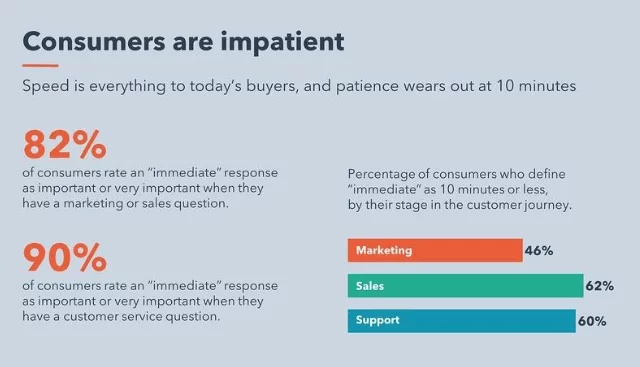
In an era where consumers are cautious with their spending and selective about where they invest, brands that withstand the test of time are those implementing robust retention marketing strategies. These strategies offset customer acquisition costs, foster customer loyalty, enhance Customer Lifetime Value (CLV), and secure recurring revenue.
Understanding Retention Marketing: What Sets It Apart?
Retention marketing, in contrast to acquisition-focused efforts, centers around engaging existing customers, making your brand their preferred choice in a given category. Diverse in its manifestations, retention marketing encompasses loyalty programs, subscriptions, VIP memberships, winback email campaigns, discount codes, and customer accounts storing payment information.
Why Retention Marketing Takes Center Stage:
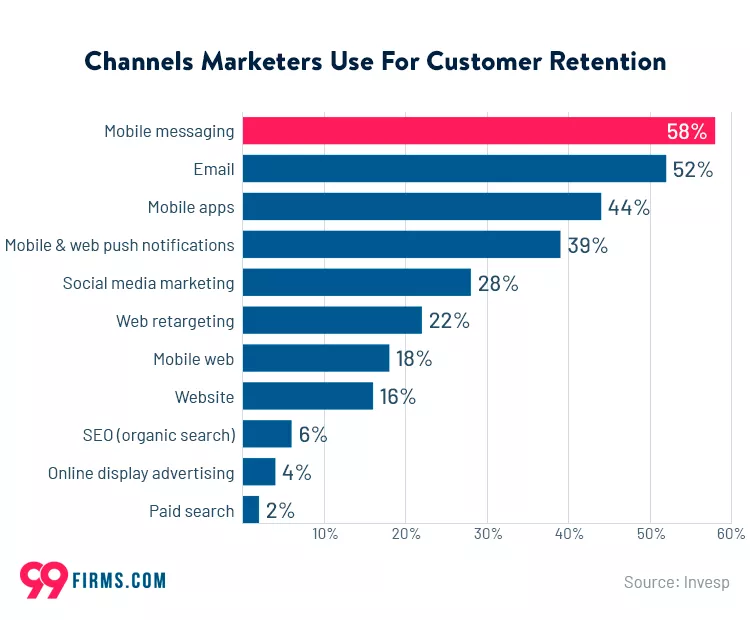
When executed effectively, retention marketing translates into heightened customer loyalty, resulting in increased repeat purchases, diminished marketing expenses, and augmented profits. While acquisition can fuel initial growth, the 80/20 rule highlights that 20% of customers generate a substantial 80% of business. In essence, if acquisition marketing is akin to a leaky bucket, retention marketing functions as the plug, creating a sustainable engine for business growth.
However, it’s essential to strike a balance between acquisition and retention strategies. Neglecting retention efforts from the outset could lead to new customers acquired today becoming former customers tomorrow. In the event these customers become loyal to another brand, the acquisition process starts anew.
Measuring Retention Marketing Success: Metrics that Matter:
Successful retention marketing relies on robust customer data. Insight into customer engagement, reasons for potential churn, and proactive strategies to mitigate it are pivotal for success. Here are key customer retention metrics to track:
- Customer Retention Rate: Calculated by (Customers at the end of the period – New customers acquired) / Customers at the start of the period.
- Customer Churn: Calculated by (Number of customers at start of year – Number of customers at end of year) / Number of customers at start of year.
- Repeat Purchase Ratio (Loyal Customer Rate): Calculated by Number of returning customers / Number of total customers.
- Time Between Purchases: Calculated by Sum of individual purchase rates / Number of repeat customers.
- Customer Lifetime Value: Calculated by Customer lifetime value = Customer value * Average customer lifespan, where customer value = Average purchase value * Average number of purchases.
Strategies for Building Customer Loyalty:
1. Utilize Customer Accounts Wisely:
Customer accounts offer the convenience of easy repurchasing with access to order history and pre-filled shipping details. However, they can deter first-time customers who may find account creation a substantial commitment. To navigate this, offer the option to create an account after their initial purchase.

Implementation Strategies:
- Send automated emails post-purchase, inviting shoppers to create an account.
- On platforms like Shopify, where customer accounts are optional, send direct invitations encouraging account activation after completing a purchase.
2. Elevate Customer Support:
Effective customer support is crucial for both pre- and post-sale interactions. Prioritize fast, friendly, and consistent service, as data indicates these aspects are paramount to customer satisfaction. Consider sending small gifts to your top customers, introducing an element of surprise and delight, and leveraging the law of reciprocity.
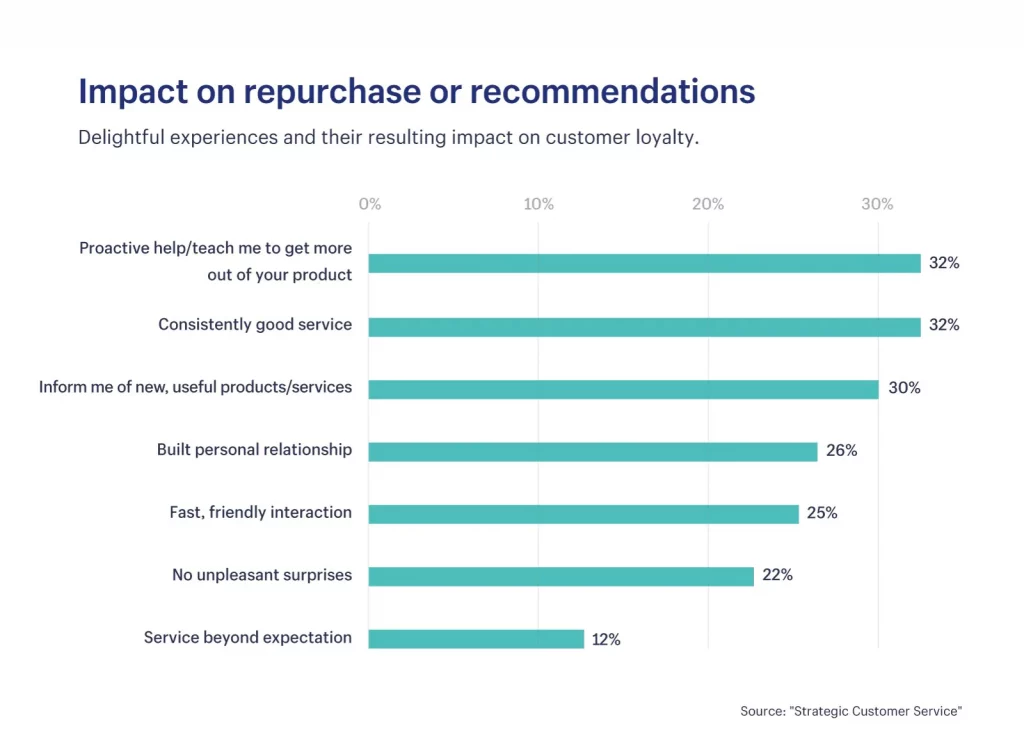
Key Actions:
- Utilize support systems to communicate clearly and efficiently with customers.
- Incorporate product education and maintain consistent good service for optimal customer retention.
- Employ personal touches like handwritten thank-you notes to stand out in the digital landscape.
3. Launch a Customer Loyalty Program:
Implementing customer loyalty programs proves effective in increasing purchase frequency and fostering repeat business. These programs, often known as customer retention programs, provide customers with incentives to make more frequent purchases, creating a mutually beneficial relationship.
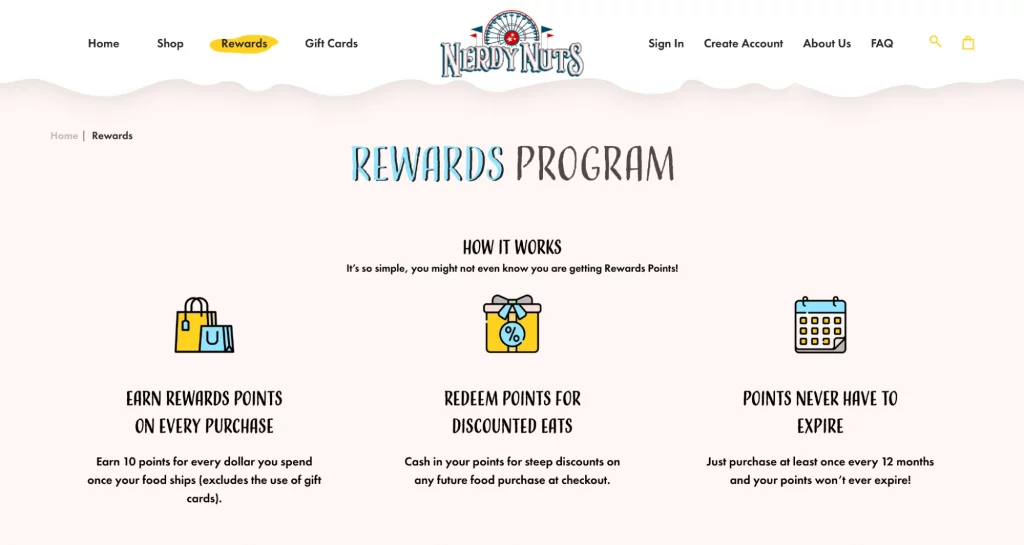
Loyalty Program Strategies:
- Reward customers with welcome points upon account creation.
- Offer incentives for repeat purchases, potentially on the second purchase or after reaching a set dollar threshold.
- Leverage automated loyalty apps for a seamless reward system tied to various customer actions.
Deep dive into funnel building solutions here.
4. Engage Customers Through Effective Email Marketing:
Email marketing serves as a pivotal tool for customer engagement and retention. It provides an ongoing opportunity to strengthen relationships both before and after initial purchases. Ensuring that each email adds value to the customer’s experience is crucial to prevent potential disengagement.
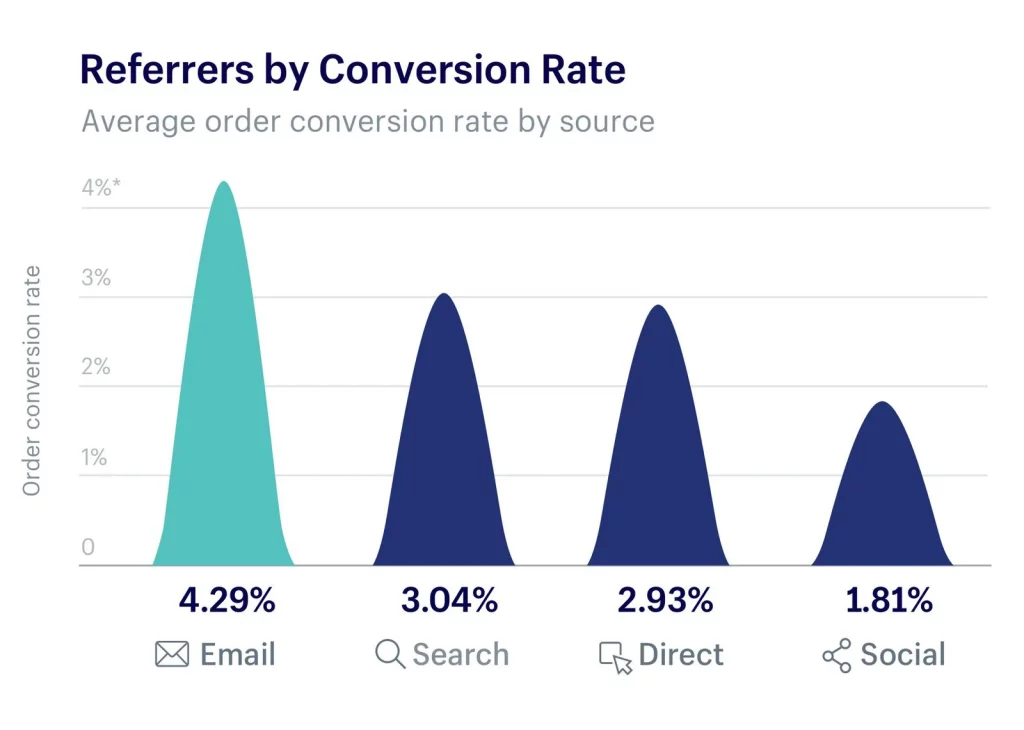
Strategic Approaches:
- Initiate follow-up emails, expressing gratitude for the first purchase and recommending complementary products. Incorporate customer reviews to enhance the product’s perceived value.
- Implement regular personalized messages to share new products, sales, and promotions, fostering continued communication with first-time buyers.
- Utilize well-timed emails based on product lifespan for perishable or consumable items. Educate customers on the benefits of refreshing their purchases, enhancing their overall experience.
5. Provide Tempting Discounts or Credits for Returns:
While discounting carries a cautionary note, offering a discount code for subsequent purchases can significantly improve customer retention rates. Consider providing more than the standard 10% off to make the offer more compelling, viewing it as an investment in boosting repeat customer rates.
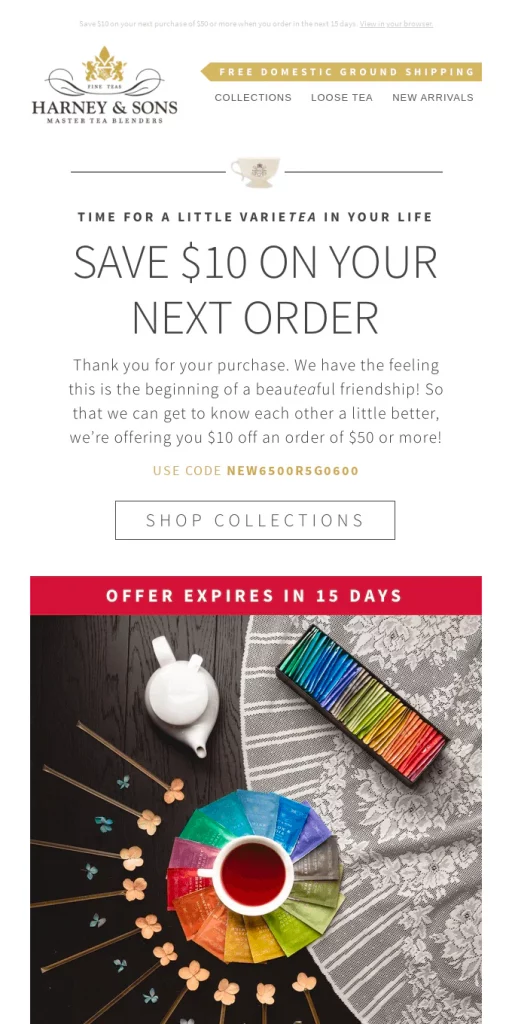
Effective Strategies:
- Experiment with offering credits for use at the store instead of percentage discounts. For instance, Harney & Sons Fine Teas provides a $10 discount code for the next order, reinforcing urgency and encouraging repeat business.
6. Gather Valuable Customer Feedback:
Ongoing customer research is essential for understanding why people buy and what they need. Analyze customer data and conduct surveys, tailoring content to address specific needs and encourage repeat purchases.
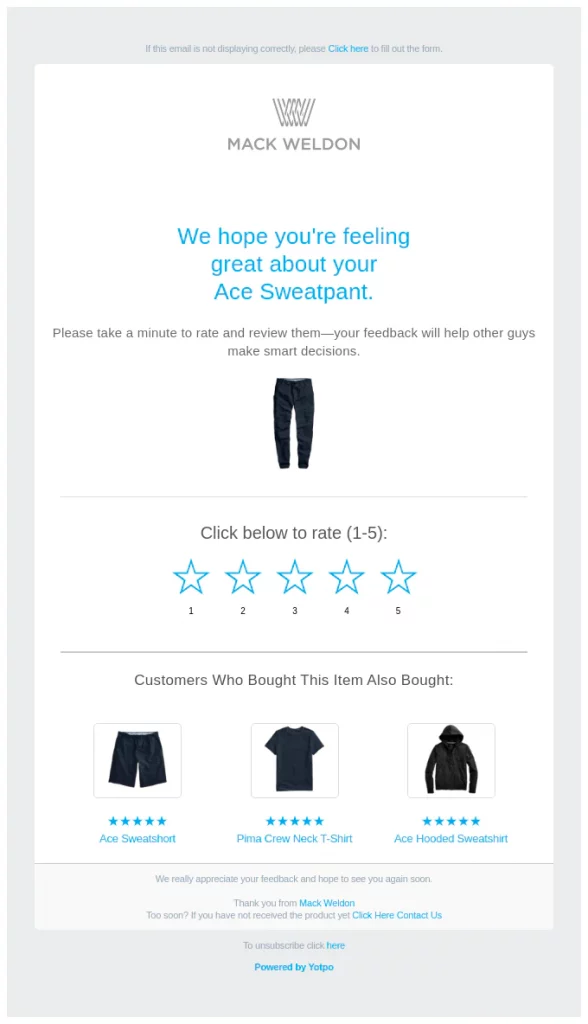
Implementation Steps:
- Segment customers who haven’t purchased in over three months and run targeted email campaigns focused on product education.
- Leverage customer feedback emails, such as those sent by Mack Weldon, to collect ratings and offer personalized product recommendations, enhancing the likelihood of subsequent purchases.
7. Streamline the Returns Process for Enhanced Customer Experience:
A seamless returns process is integral to customer retention. Clearly communicate return policies and partner with returns platforms like Loop Returns or AfterShip to provide customers with self-help options, thereby avoiding potential dissatisfaction.
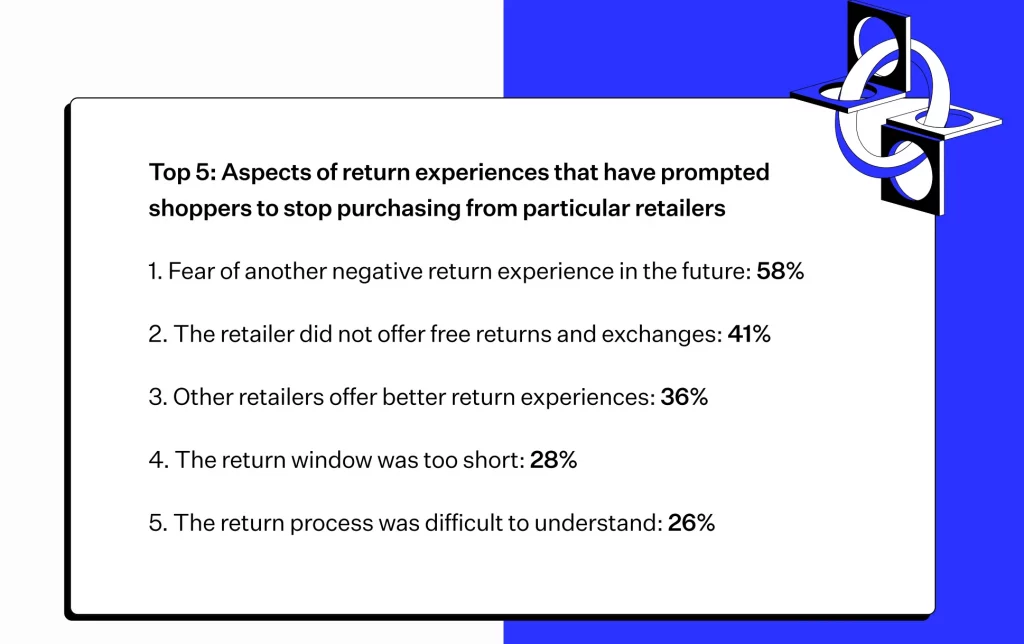
Key Actions:
- Ensure your returns policy is clearly outlined to meet customer expectations.
- Offer an online portal for generating shipping labels, tracking returns, and requesting exchanges, providing a self-help approach preferred by a significant portion of shoppers.
8. Implement Subscription Services for Recurring Revenue:
Subscription services lock customers into regular purchases, ensuring recurring revenue and sustained customer engagement. Introduce standalone subscription boxes or clubs that offer miniature versions of bestselling products.
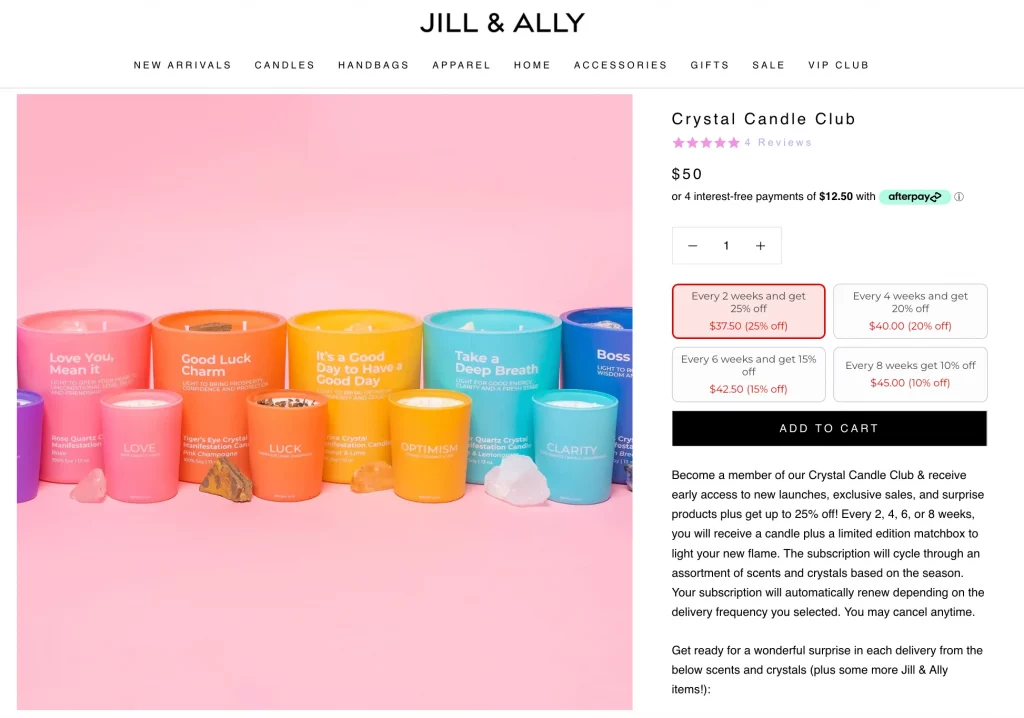
Effective Subscription Strategies:
- Provide generous discounts based on subscription frequency to entice first-time customers to purchase more often.
- Include exclusive benefits like early access to new products, exclusive sales, and surprise items to enhance the subscription experience.
9. Turn Unhappy Customers into Loyal Ones Through Exceptional Service:
Mistakes are inevitable, but turning them into opportunities for exceptional service can enhance customer loyalty. Acknowledge errors, apologize sincerely, and take proactive measures to rectify issues, adhering to the service recovery paradox.
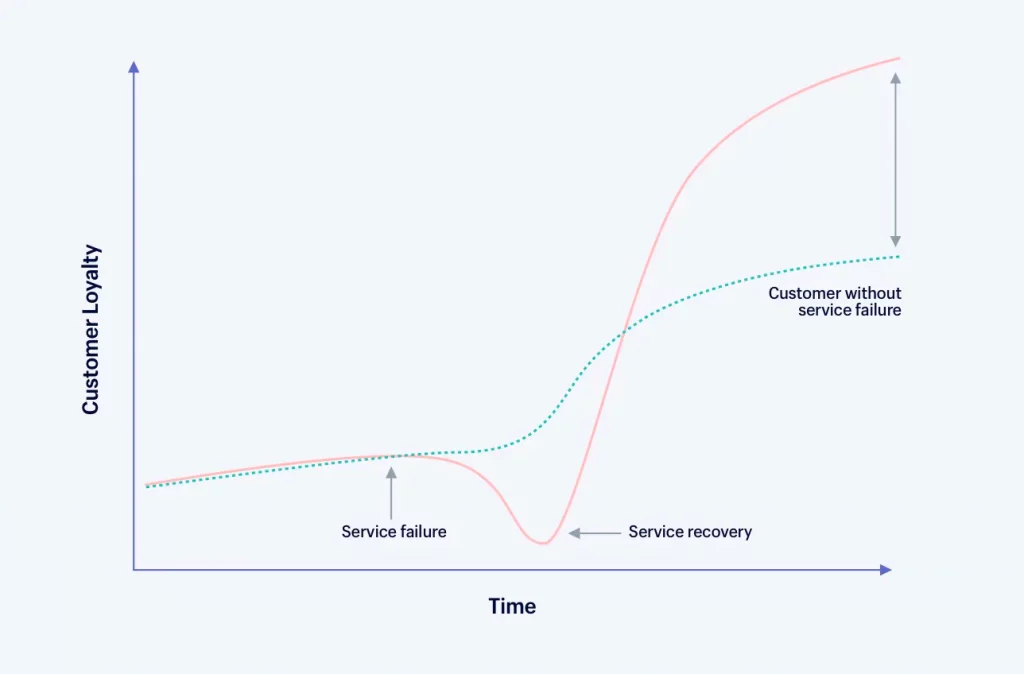
Implementation Guidelines:
- Utilize customer relationship management (CRM) tools like Endear, Reamaze, or Richpanel to manage interactions and provide real-time customer data.
- Leverage CRM tools to streamline communication and resolve customer complaints effectively.
Conclusion:
Your existing customer base stands as a valuable asset for your store. With familiarity with your brand, products, and a positive experience, these customers are a goldmine for your business. Rather than solely focusing on acquiring new customers, channel your efforts into elevating the experience for this established group.
Devote your time and resources to enhancing the journey for your current customers. Deliver outstanding customer service, leverage marketing automation solutions to engage with first-time customers, and closely monitor customer retention key performance indicators (KPIs) to ensure the effectiveness of your strategy.
Recognize the immense power of customer retention in fueling the revenue engine for your online store. It’s time to prioritize and amplify your customer retention strategy starting today!
FAQs on Retention Marketing:
Why is focusing on existing customers important?
Existing customers are already familiar with your brand and have experienced your products and services, making them more likely to make repeat purchases. This loyalty can significantly impact your store’s revenue.
How can I enhance the experience for my current customers?
Invest in excellent customer service, ensuring prompt and helpful responses to inquiries. Utilize marketing automation solutions to maintain regular communication, providing updates, promotions, and personalized recommendations.
What role does customer retention play in online store success?
Customer retention is a powerful strategy to boost revenues. By keeping existing customers engaged and satisfied, you not only secure repeat business but also benefit from positive word-of-mouth, attracting new customers through recommendations.
What key performance indicators (KPIs) should I monitor for customer retention?
Keep a close eye on metrics such as customer lifetime value, repeat purchase rate, and customer satisfaction scores. These indicators provide valuable insights into the effectiveness of your retention efforts and areas for improvement.



